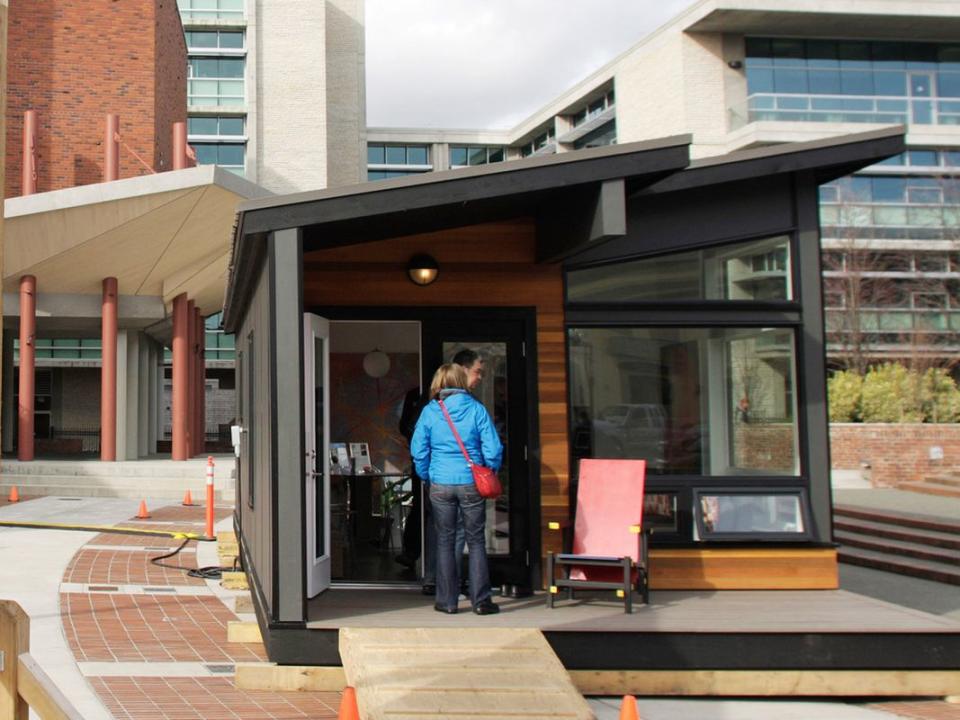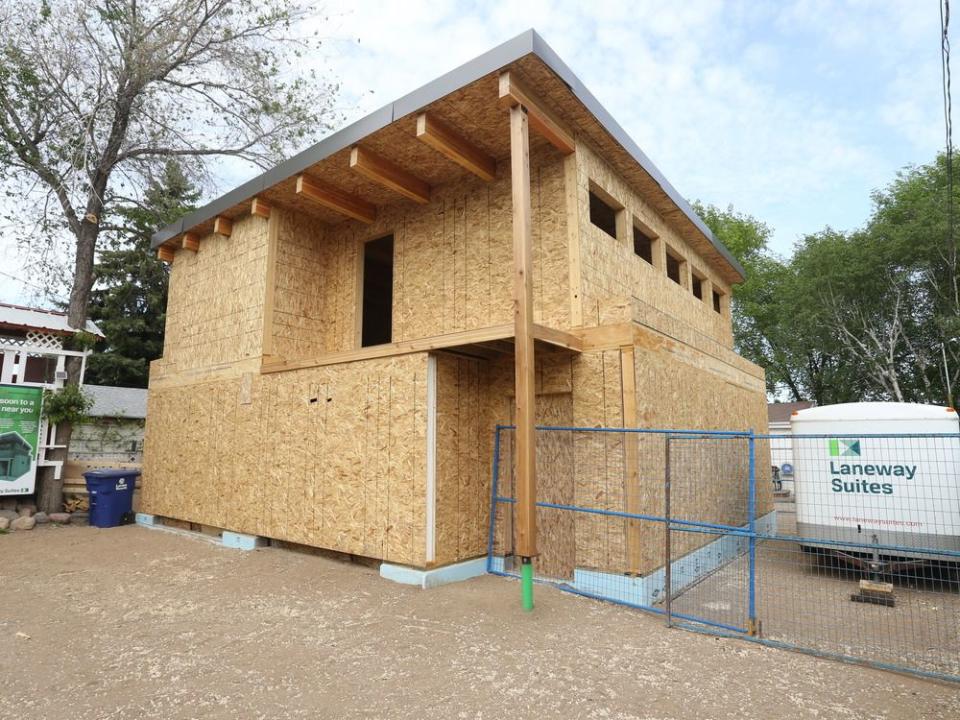Garden suites in Toronto get slow uptake with none completed one year after program launch

Garden suites were pitched as a way to expand Toronto’s housing options by building secondary homes on already existing residential properties, but a year after they were made legal in the city, not a single project has been completed, according to data provided to the Financial Post.
The city said it has made “significant efforts” to support potential applicants in the permit process and to facilitate compliance with code and fire access requirements. Since the program was put in effect July 4, 2022, the city has received 152 building permit applications for garden suites — 32 of those applications have been granted and 27 suites are now under construction.
“Nobody started thinking about whether or not we could actually do a garden suite until they were allowed to,” said Toronto chief city planner Gregg Lintern in an interview. “I think it’s understandable that it takes a bit of time for this to ramp up.”
Similar to laneway suites, which have been permitted across the city since July 2019, garden suites are part of an initiative to provide an additional form of low-rise housing in residential neighbourhoods “to meet the needs of our growing city,” the city said. In May of this year, Toronto also started to permit multiplexes citywide after the plan was adopted by city council.
“The city is working to expand opportunities for ‘missing middle’ housing forms in Toronto, ranging from duplexes to low-rise walk-up apartments,” its website says.
The goal, according to a planning review summary posted on the website, is to change permissions to enable the building of more forms of “gentle density” in those neighbourhoods, which would hopefully increase the quantity and diversity of the city’s housing stock while helping to improve housing affordability.
I think it's understandable that it takes a bit of time for this to ramp up
Gregg Lintern, chief city planner, Toronto
Lintern said those initiatives open up 35 per cent of area in the city that was previously only zoned or designated for single-detached housing.
“We would be missing part of the puzzle if we weren’t expanding housing options in neighbourhoods because 35 per cent of the city would not be on the table when it comes to looking for new housing solutions,” he said, adding that unlocking more housing options was the main reason for expanding garden suites and now multiplexes.
“There isn’t one solution to the housing supply challenge,” Lintern said. “We need a variety of solutions to address the complexity of the problem and that’s what a toolkit is all about.”
Secondary or ancillary units such as garden suites and laneway suites are generally smaller in scale than the main house on the lot and function as a separate rental housing unit.

Someone developing a garden suite would have to hire an architect, draw up plans, get financing in order and make a submission for permit review, which would ensure that it is in compliance with fire and building codes, Lintern said. He noted the city is seeing interest ramp up as people become aware it is an option.
Samantha Chan, sales director at Urban Lanes, a company that helps project manage garden suite builds in Toronto, said that aside from getting an approval on permits, a property owner must be able to afford the additional mortgage that would come with building the garden suite.
With rapid interest rates hikes coinciding with the introduction of the program, this step has been particularly challenging, she said. Those planning to build a garden suite would have to make sure they have enough equity in their primary home to pull money out to build.
“(You have to pay the mortgage on) your own house, your rental property and now the build. Definitely because of the tighter lending situation, it’s tougher for people to pull the trigger on building these things,” Chan said.
She added, however, that from an investment standpoint, the effort is worth it for those planning to rent out the garden suite. She said a backyard house that generates rental income, can give the owner of the existing home better holding power, more cash flow and the potential for greater price appreciation if built right, she said.
Because of the tighter lending situation, it's tougher for people to pull the trigger on building these things
Samantha Chan, sales director, Urban Lanes
“Once it’s built it fully supports itself. You’re looking at at least $1,400 of positive cash flow (per month),” she added.
For those not planning to rent out the garden suite as an investment property, using it for multi-generational living would cost less than buying a second property, which Chan said is a big reason for end users to build them.
“I think it’s very attractive for people who are looking for a cheaper housing option while owning your own home,” she said.
Housing supply and affordability have been hot-button issues in Toronto. The Canada Mortgage and Housing Corp.’s semi-annual Housing Supply Report in April found that there were only 530 newly completed homes for sale in Toronto at the end of 2022, the second-lowest level on record.
“In 2022, that inventory was exceptionally low, mainly due to an overall decline in housing completions. This decline only exacerbated the housing supply crunch felt across the Toronto CMA,” the report said. “Strong population growth, due to rebounding immigration, meant that more households were looking for homes that were move-in ready.”
At the same time, the number of units under construction at the end of the year hit 100,000, with 85 per cent being apartments units.
— With additional reporting by Financial Post staff
• Email: dpaglinawan@postmedia.com | Twitter: denisepglnwn

 Yahoo Finance
Yahoo Finance 